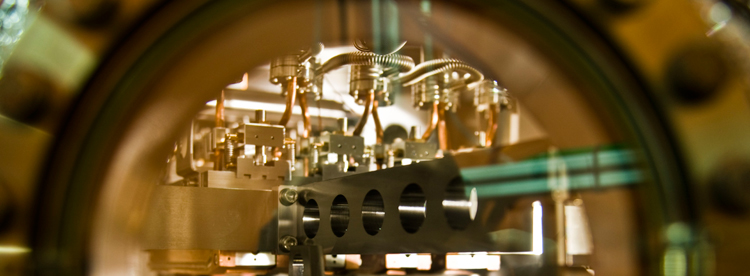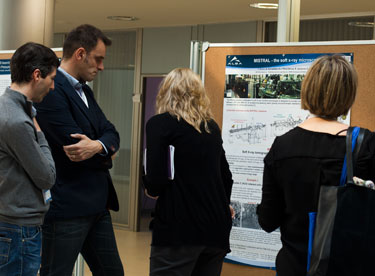CHARACTERIZATION OF STRUCTURAL PROPERTIES
The knowledge of the structure of materials is of great interest to industry. Synchrotron radiation can provide exceptional insight into the structural features of samples ranging from the atomic level through the molecule level and up to the microscale ordering level. Different techniques, such as X-ray crystallography, powder diffraction and small angle X-ray scattering, are available to enable this understanding. Samples such as solid crystals, amorphous or crystalline powder or liquid materials can be analyzed.
The fields of application are wide and diverse and include: pharmaceutical drugs, polymorphs, macromolecules, metallurgy, health care products, adhesives, polymers, cosmetics, detergents, pigments, cements, etc.
CHARACTERIZATION OF CHEMICAL AND ELECTRONIC PROPERTIES
Understanding the local structure of materials with chemical specificity is relevant for the industrial community. Chemical composition, chemical bonding, catalysis reactions, electronic state information can be provided by using synchrotron spectroscopy techniques such as X-ray absorption or X-ray photoemission. These powerful techniques are suitable for the study of solid, liquid and even gaseous samples.
The fields of industrial application are oil industry, chemical industry, cultural heritage, environmental sciences, automobile industry, energy industry and the microelectronics industry, among others.
MAGNETIC PROPERTIES CHARACTERIZATION
Understanding the magnetic properties of materials such as thin films and multilayers, magnetic nanostructures, semiconductors, batteries, information storage devices is of great interest for industry. Photoemission spectroscopy as well as resonant magnetic diffraction or circular magnetic dichroism are techniques available at the ALBA Synchrotron for this type of characterization.
The fields of industrial application are informatics, engineering, nanoscience, among others.
BIO, TOMOGRAPHY AND IMAGING
Images of biological samples as cells are often difficult to obtain by using classic techniques. X-ray tomography can probe the interior structure of samples and produce 2D or 3D representations and pictures with high resolution and contrast.
The main field of application is health and life sciences, however there are also other areas of application such as studies of magnetism, characterization of polymers and food science.
More information on the available techniques and beamlines






